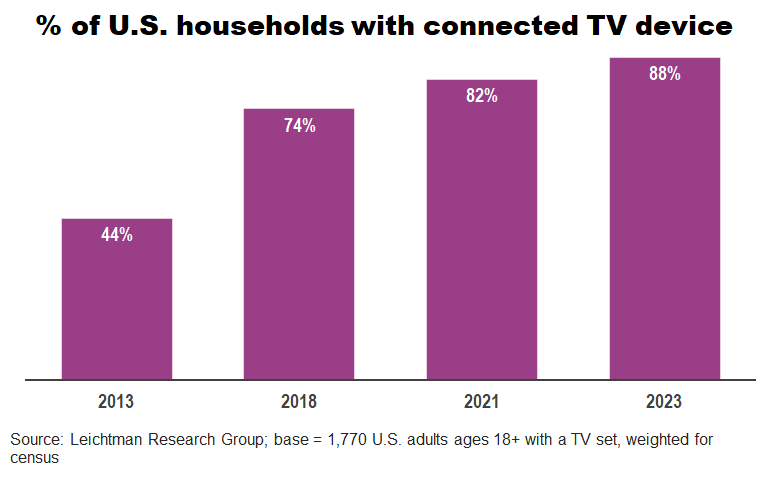The growth in viewership on connected devices such as mobile phones and smart TVs has spurred demand for audience measurement among a bigger variety of media channels, including digital platforms that generate signals of how they’re used. The shift in consumer behavior is occurring as people seek more control over how their personally identifiable information (PII) is used, resulting in stricter privacy laws in many U.S. states and across the European Union.
“When we’re talking about signal loss and privacy…a lot of the marketers and sellers I know are talking about the challenges with targeting and retargeting and all those kinds of issues,” Kevin Krim, president and chief executive of media-measurement startup EDO, said in this interview with Beet.TV contributor Mike Shields.
“With measurement, it’s also a complicated issue, but it’s a lot more defined,” Krim said. “I think of it mostly as identity. You need to, in measurement, be able to understand the household or the individual that was exposed to an ad and then count them accurately.”

Traditional methods of tracking consumers’ online behavior are gradually disappearing as technology companies such as Apple and Alphabet’s Google stop supporting web browser cookies. The tech giants also are giving customers more control over how their device identifiers throw off signals. Connected television (CTV) is cookieless, but it can generate other kinds of signals about viewer behavior.
“A lot of the platforms that we work with in convergent TV or CTV are not susceptible to that problem because they have logged-in, identified users,” Krim said, “and they have the permission to be using that information to work with partners like EDO to be able to connect who saw an ad to what happened next.”
Seeing The Future: EDO Predicts The Future Of TV Ads, Global Expansion
EDO also has developed what is known as aggregated matching that defines audiences by different characteristics.
“You can just see clusters of people who have similar characteristics, like where they live in a small geographic setting and the small time-frame where they were exposed or not exposed to an ad,” Krim said. “We can do a bunch of really innovative matching off of those characteristics.”
You are watching “Data and Identity-Driven Marketing in a Post-Signal World,” a Beet.TV Leadership Series presented by Experian. Please visit this page for more videos from this series.


































